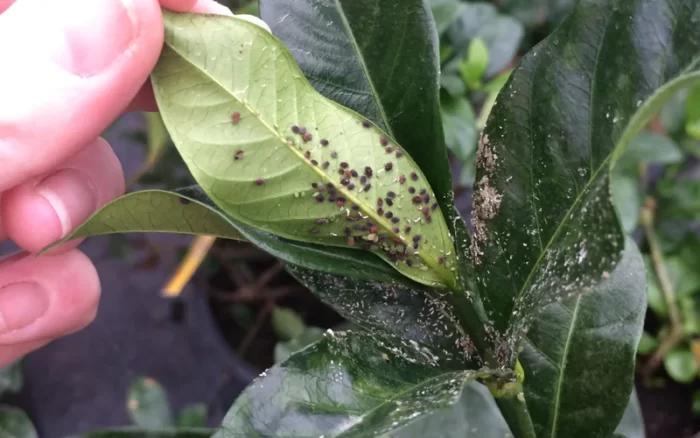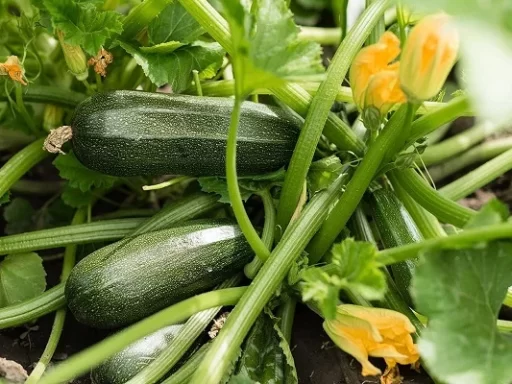Growing brassicas like cabbage, kale, and broccoli can be highly rewarding, but they often fall victim to various pests. From caterpillars to pigeons, these pests can wreak havoc on your garden. However, with the right techniques, you can protect your crops without using harmful chemicals. This guide will walk you through natural ways to defend your brassicas so you can enjoy healthy harvests year-round.
Identifying Common Brassica Pests
1. Cabbage Worms (Caterpillars)
Cabbage worms are the larvae of butterflies and moths, such as the cabbage white butterfly and diamondback moth. These pests are notorious for devouring leaves, leaving plants skeletal and severely weakened. If unchecked, they can completely decimate your crops. In warmer climates, these pests may appear earlier, so it’s crucial to act quickly to prevent infestations.
2. Wood Pigeons and Other Birds
Pigeons, especially during winter, tear at the leaves of brassicas, leaving them ragged and damaged. Birds like pigeons can do significant damage if they aren’t kept at bay, so it’s essential to have protective measures in place as early as possible.
3. Cabbage Aphids
Aphids can gather in large numbers, sucking the sap from brassica plants and spreading diseases. These tiny pests are often hidden on the undersides of leaves, making them hard to detect. They can cause leaves to curl and become deformed.
4. Cabbage Root Maggot
The cabbage root maggot is another formidable enemy. The adult flies lay eggs at the base of the plant, and the larvae burrow into the roots, causing them to rot and the plant to wilt. Once the roots are damaged, it’s almost impossible to save the plant.
5. White Flies
White flies, though small, can appear in massive clouds when disturbed. Like aphids, they feed on plant sap and weaken the plants over time.
Natural and Effective Ways to Combat Brassica Pests
1. Covering Your Plants
One of the most effective ways to keep pests away from your brassicas is by using protective covers. Butterfly netting with a mesh size smaller than 5mm will keep butterflies and moths from laying eggs on your plants. Ensure that the netting doesn’t touch the leaves, as pests may still lay eggs through the mesh. Bird netting is useful during the winter to prevent pigeons from attacking your crops.
For more robust protection, consider using insect mesh. It has a tighter weave and can keep out even the smallest pests, such as aphids and cabbage root maggots. Remember to secure the netting tightly at the edges and check for any tears regularly.
2. Plant Companion Herbs and Flowers
Certain herbs and flowers can deter pests by masking the scent of brassicas. Aromatic plants like mint, marigolds, thyme, and parsley are excellent companions to brassicas, confusing pests like aphids and mites. Dill, basil, and cilantro can also attract beneficial insects that prey on pests.

Planting these herbs and flowers around your brassicas can help keep the pest population in check. Additionally, they create a diverse garden environment, making it harder for pests to locate your crops.
3. Use Physical Barriers Against Cabbage Root Maggots
To prevent cabbage root maggots from attacking your plants, you can create a physical barrier at the base of your crops. Cut a piece of cardboard or stiff paper, create a slit, and wrap it around the base of your plants. This prevents the female flies from laying their eggs. You can also purchase pre-made cabbage root collars, which work in the same way.
4. Encourage Natural Predators
Birds, ladybugs, and other natural predators can help keep the pest population down. Install bird feeders in your garden to attract insect-eating birds, which will also feed on pests like cabbage worms and aphids. Ladybugs are particularly effective at controlling aphid infestations.
5. Rotate Your Crops and Remove Weeds
Crop rotation is crucial to preventing pest buildup. Avoid planting brassicas in the same spot year after year, as pests that target them can accumulate in the soil. Also, remove any weeds related to the brassica family, such as wild rocket and shepherd’s purse, as these can serve as alternate hosts for pests.
Dealing with Pest Infestations
Even with preventative measures, pests may still find their way into your garden. Regular inspections are key to catching infestations early. If you find caterpillars or aphids, you can manually remove them or clip off the affected parts of the plant.
For larger infestations, consider using Bacillus thuringiensis (BT), a naturally occurring soil bacteria. BT is an organic solution that can be sprayed on brassicas to target caterpillars. However, it can affect other butterflies and moths, so apply it carefully.
Nasturtiums are another great option for controlling pests. These plants act as a “trap crop,” attracting caterpillars away from your brassicas. Once the nasturtiums are infested, remove them to protect your main crop.
Protecting Your Brassicas in Winter
As the summer ends and the threat of caterpillars diminishes, pigeons and other birds become the primary concern. Bird netting with a larger mesh size is ideal for winter protection. Unlike butterfly netting, bird netting allows air and snow to pass through, preventing damage from strong winds or heavy snow.
FAQs About Protecting Brassicas from Pests
- What are the most common pests that attack brassicas? The most common pests are cabbage worms, aphids, white flies, and pigeons. Each of these pests can cause significant damage to brassica crops.
- How can I naturally prevent caterpillars from attacking my brassicas? Using butterfly netting, planting aromatic herbs like mint and thyme, and introducing natural predators such as birds and ladybugs are effective natural methods.
- What is Bacillus thuringiensis (BT), and how do I use it? BT is a naturally occurring soil bacterium used to control caterpillar infestations. Mix it in a suspension and spray it on brassicas, being careful to avoid other plants.
- How do I prevent cabbage root maggots from destroying my plants? Create a physical barrier around the base of your plants using cardboard or a cabbage root collar to prevent the flies from laying eggs.
- Can I grow brassicas in the same spot every year? It’s best to rotate crops to prevent pests from building up in the soil.
- What are the best companion plants for brassicas? Aromatic herbs like mint, marigolds, thyme, and parsley are excellent companions. Dill, cilantro, and basil also help attract beneficial insects.
- How can I protect my brassicas in winter? Use bird netting with a wider mesh to protect against pigeons and other birds during winter. Ensure the netting is well-secured to prevent strong winds from dislodging it.






